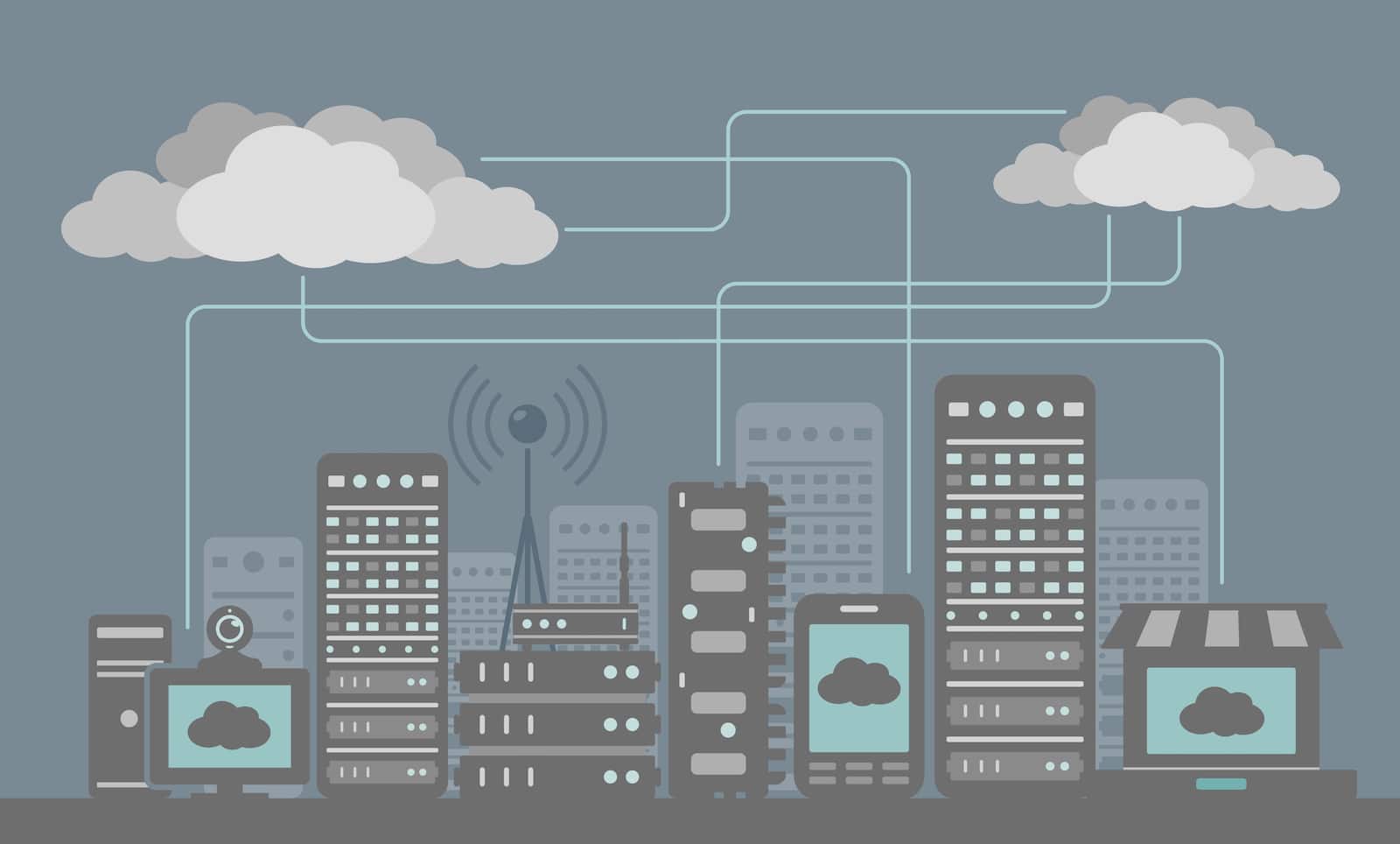A city is essentially just a collection of buildings. A smart city, therefore, should be a collection of smart buildings. However, the development of smart buildings and smart cities has, so far, been relatively independent of one another.
At the door of the building, a new network begins, with a new set of applications, and an entirely different set of objectives. All that could change in 2019 when the long-awaited integration of smart buildings and their cities begins in earnest, according to experts across the sector.
“We’re going to see a smart city breakthrough in 2019 which will bring with it a wave of services from the connected car to the smart building and more on the smart home,” says Glenn Lurie, CEO, of Synchronoss https://synchronoss.com/. “But, these smart applications are connected individually, and do not have interoperability, therefore are essentially disconnected from each other – which is a massive missed opportunity for consumers.”
By connecting to the smart city, smart buildings also connect with one another, facilitating heat and power exchange that will drive efficiency to new levels. Rather than just be served by the smart grid, smart buildings can become nodes of the grid, increasing their active participation to become an integral cog of the smart energy eco-system. That is just the tip of the iceberg for smart city – smart building integration.
A single smart urban platform, that included buildings as one of many elements, would be able to bring about a seamless digital urban experience for city dwellers and visitors. Electric vehicles will be connected to streets and buildings to share data and energy for greater efficiency. Occupancy tracking could go beyond the limits of buildings to monitor the flow of people as they move between indoor and outdoor environments or through transport systems. This type of tracking would facilitate a range of health, safety, social, and convenience applications. A single urban platform is an obvious direction for our society to create the connected urban future that technology has long promised.
Follow to get the Latest News & Analysis about Smart Buildings in your Inbox!
“Although a single platform that would allow for the management of a single connected life experience is not a reality today, and may not be for some time, the smart city will emerge as the umbrella with successful use cases – including smart buildings, connected cars, vehicle-to-vehicle and vehicle-to-infrastructure and smart grids – that demonstrate problem solving and moving us closer to a truly connected life,” says Lurie. “Carriers will also move forward to find ways to set up and sell new services, and drive incremental revenue quickly to capitalize on this.”

Once building owners and municipal governments are on the same page, the major challenge to this “connected life” will be engagement. People will initially only see the obvious privacy concerns surrounding monitoring and ownership of personal data, then worry how it will impact their lives.
In order for an integrated, urban, connected life to take shape, building owners and municipal governments will have to demonstrate the benefits of connectivity to people in this smart context. In 2019, will are likely to see innovative new methods put in place to drive occupant and citizen engagement.
Smart buildings and cities will use network technology in new ways to engage the people who visit their spaces, using techniques such as gamification. Gamification is the application of typical elements of game playing (e.g. point scoring, competition, achievements) in non-gaming environments. Occupants and citizens could, for example, earn points for things like paying their water bill on time, recycling, reporting potholes and for taking public transit instead of driving. Points earned could then be redeemable for discounts on services or VIP access to events in the city. Once users are engaged, the possibilities will seem endless, but we’re not there yet.
The truly smart city, one that integrates with its smart buildings, will have to be built step-by-step, neighborhood-by-neighborhood. Smart neighborhoods, like Google’s Sidewalks Labs’ quayside development in Toronto, which will set the benchmark for smart cities all over the world. 2019 will be a turning point for the sector, by bringing smart buildings into the city, we can finally begin to develop real smart cities that citizens can engage with.



